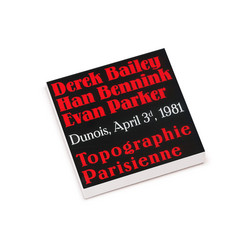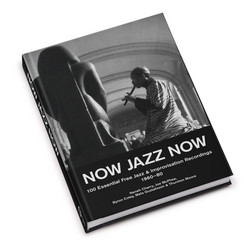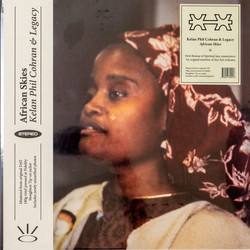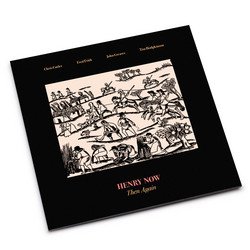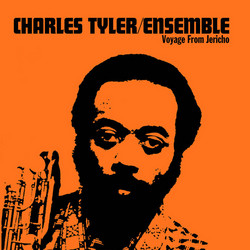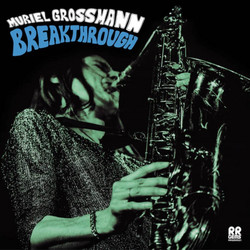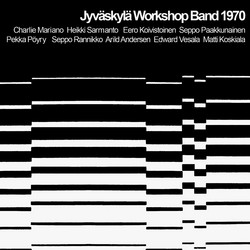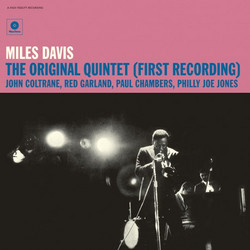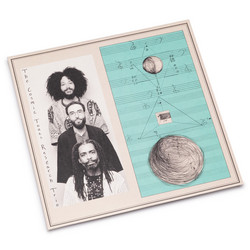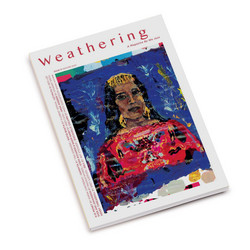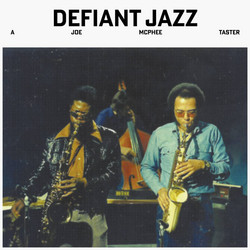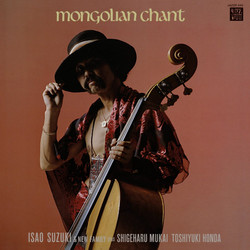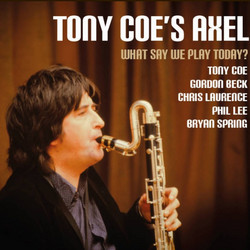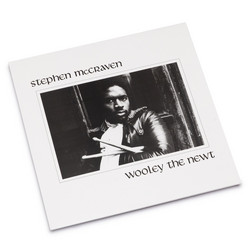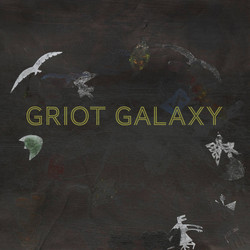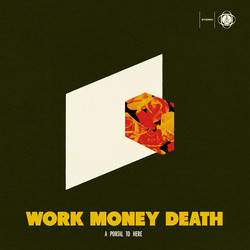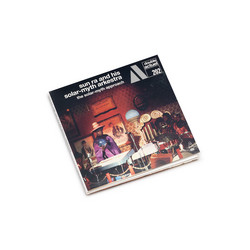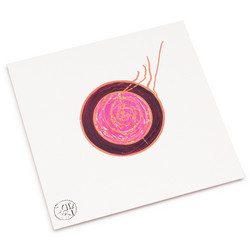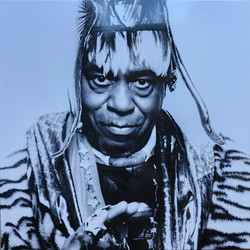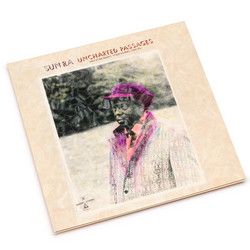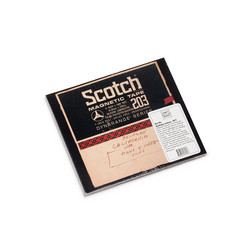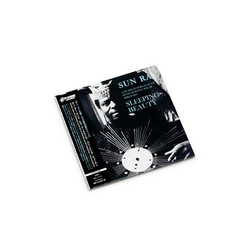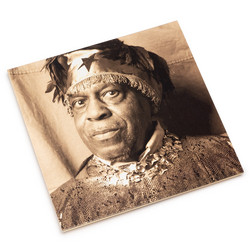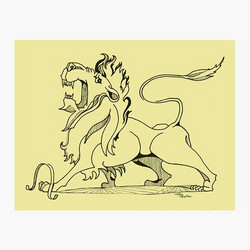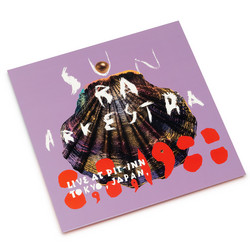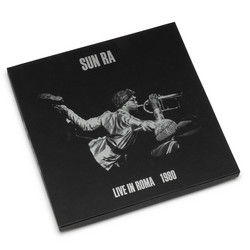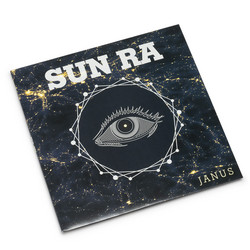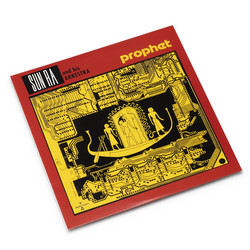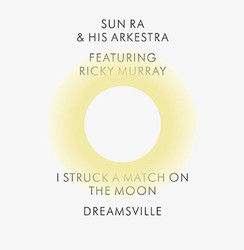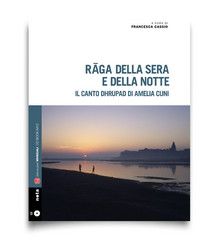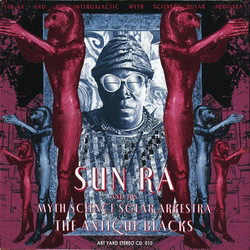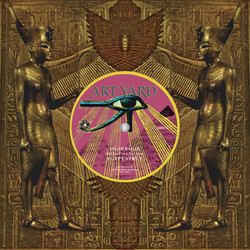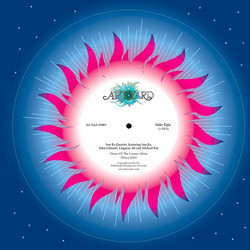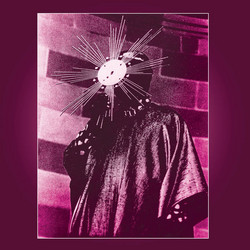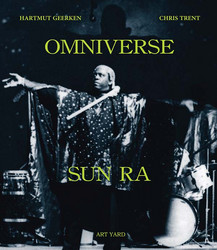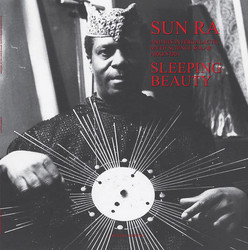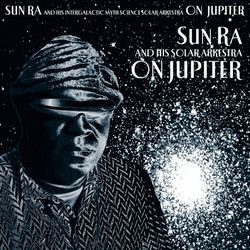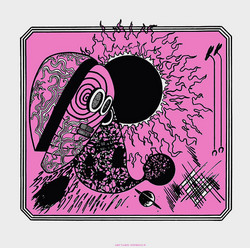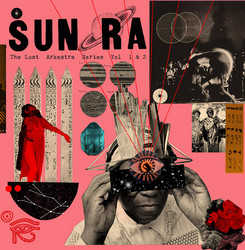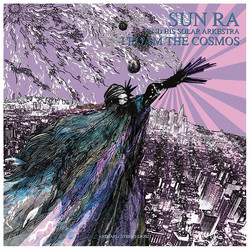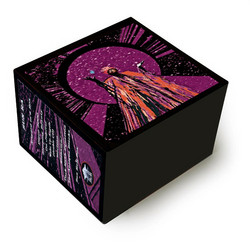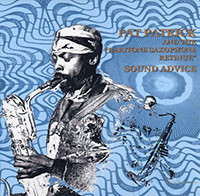**2020 Edition with updated colour** Blinding Sun Ra reissue, finding Ra on his newly acquired Crumar Mainman synth (with early drum machine!) in stellar 1978 recordings from the same Italian sessions that birthed ‘Disco 3000’ and ‘The Sound Mirror’ Well known to Ra disciples, but not as much to everyone else who stands by his catalogue and doesn’t know where to start, ‘Media Dream’ is a massive highlight of Sun Ra’s fecund period circa 1977 and 1980 - the peak of his output of new LPs. Recorded live sometime in January 1978, the album is really most distinguished by Ra’s inimitable use of the Crumar Mainman keyboard, which was then - and still is - a rare model of “string synthesiser” that was only manufactured between the 60s and ’84. It captivatingly lights up the whole LP, from the super dark and grungy blasts that open with ‘Saturn Research’ thru its application as bubbling groove box underlining Ra’s hieroglyphic riffs and Michael Ray’s sharp trumpet in ‘Constellation’, to the wigged out blatz in ‘Year of the Sun’, before spiralling out into gobsmacking double helixes of synth and trumpet and collapsing into alien squabble on the title tune. A legendary wig-flipper, this!
The album opens with Sun Ra building dark organ tonalities at the start of Saturn Research, creating an ominous barrage in the lower register. Luqman Ali contributes a subdued accompaniment. Ra's is an orchestral concept here, a depiction of an ominous, portentous scene. Unlike some of his other explorations in this musical territory (Atlantis, Hiroshima) the piece is not developed here into a large scale structure, but presented as a short sketch, satisfying and complete in itself. Applause separates it from the next track on the album: these are two pieces were clearly played one after the other in concert.
As Constellation gets under way after the applause, Sun Ra lightens the mood, laying down rhythmic patterns with the Crumar Mainman, Michael Ray's is the first musical statement over the top of these. Ra adds other keyboard layers above the rhythm to take the music in a different direction. There's almost a hint of minimalism as performed by others here, but the way Sun Ra bends and deconstructs the mechanical patterns are all his own. John Gilmore follows with a solo which develops mellow moods out of tempo, before going into the high register as Sun Ra reintroduces the Crumar, elaborating on organ over the beats. Other musicans (Michael Ray, Luqman Ali) provide a backdrop as the piece draws to a close and the rhythm finally falters.
Sun Ra's solo keyboards are featured at the start of Yera Of The Sun launching an 'outside' improvisation. Luqman Ali enters as as improvising partner, rather than accompananist. Shouts of "Calling Planet Earth" follow, followed by more restrained (but still 'outside') keboard and a drum finale.
Sun Ra's keyboards start the title track Media Dream, the long original opening track of side B. Ra is joined eventually by Michael Ray's trumpet: Ray developing the same thematic material. The piece draws nearer in mood and tempo to Constellation (or for that matter Disco 3000,) as Sun Ra uses the Crumar Mainman to build rhythmic layers under Michael Ray's trumpet solo, they continue as a substory to his own keyboard improvisations, which take the energy levels higher. As the keyboard section ends, Luqman Ali and John Gilmore take centre stage, with a fine, pensive tenor sax statement from Gilmore to close the piece.
Twigs At Twilight is simply beautiful, a mid-tempo piece which fades in mid-performance as John Gilmore commences a swinging tenor saxophone solo, over piano and drums. Piano and then drums drop out, Gilmore's improvisation carrying on completely unaccompanied. Sun Ra reenters on piano, and provides a solo in his turn. The piece is closed out by a drum solo from Luqman Ali. This is a live excerpt which perfectly captures the creative imagination of these musicians at its best.
Sun Ra begins An Unknowneth Love with balladic piano, unaccompanied at first. Luqman Ali contributes percussion accompaniment. Sun Ra's piano improvisation develops strongly and gains energy. A dramatic passage leads to a duo exchange between Ra and Ali, before the drummer take the piece out in a stately finale.
In their original context, these Italian concert recordings served to document Sun Ra's musical activity – his music was a cosmic newspaper, he once said. They emerged at a time when it was difficult to keep up with his releases (there was a peak in the output of new Sun Ra LPs between 1977 and 1980) but they still caught and held the attention of those lucky or determined enough to seek out these records. Media Dream came from the Philadelphia side of Saturn Records, without the involvement of the original Chicago operation, and had different production values, a more informal style than most of Sun Ra's previous records, with many variants of cover and label artwork. With Philadelphia Saturns there's still a definite emphasis on album architecture – Sun Ra had a strong instinct for what would make a dramatic statement in terms of track selection – but they increasingly trace the live performances of his working groups rather than focus on studio sessions. These 1978 recordings have stood the test of time. Media Dream still offers surprises and lets you experience some great music created in the moment.
